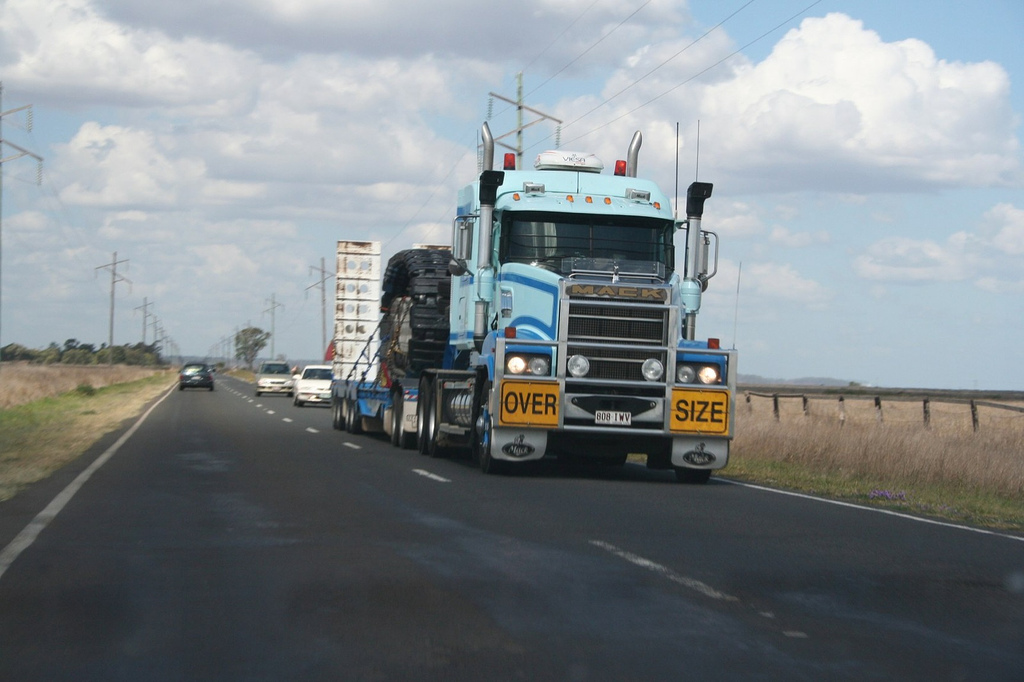
Australia’s most popular federal funding program, the $2.1 billion program Roads to Recovery scheme, has narrowly avoided a damaging breakdown in the Senate after legislation to continue the supply of money finally cleared the upper house after weeks of difficult negotiations.
The assurance of funding averts a major crisis for more than 560 local governments in Australia which had feared a legislative impasse would create the mother of all potholes for national roads funding with the potential to stall civil works across the nation and potentially force thousands of contractors temporarily off the job.
The last minute passage of the Land Transport Infrastructure Amendment Bill 2014 comes after the Abbott government, Labor and the minor parties finally compromised on what has been one of the least contentious Commonwealth funding programs which was first established under the Howard government.
Although there is relief all around, the vital flow of money came only after local government advocates across Australia mounted a vociferous, and potentially damaging, grass roots campaign to remind Canberra of where the blame would rest should the scheme stall.
The money surrounding ‘R2R’ remains one of the most electorally potent issues influencing relations between the Commonwealth and councils.
At its simplest, had the stalling of R2R funding occurred it would have threatened to unwind one of the most basic relationships needed to bind together the interests of Canberra, the states and councils in working towards a common aim.
Although relieved, mayors are still fed up with unnecessary upper house roadblocks.
The president of the Australian Local Government Association (ALGA), Mayor Felicity-ann Lewis, warmly welcomed passage of the legislation in the Senate but called for the funding to be made permanent so as to avert a re-run of this year’s political mess.
ALGA also remains clearly angry that the R2R legislation was bogged down in the Land Transport Infrastructure Amendment Bill 2014 “which originally passed the House of Representatives on 27th March this year.”
Given the legislation for R2R ran out at the end of the 2013 Financial Year (June 30th), ALGA said the impasse left councils “not knowing if these vital road funds would be forthcoming.”
Even so, the peak group appears to be able to live with the “$350 million [that] was committed to R2R per year until 2019 in the May 2014 Budget, with a doubling of funds for 2015-16.”
“But this funding was held hostage while issues completely unrelated to the R2R program were debated,” ALGA said.
In Queensland, where the Newman state government faces losing a large part of its majority if not the election, the relief from councils was palpable.
The Local Government Association of Queensland (LGAQ) said its members were “now able to plan their programs for improved safety and maintenance of the state’s local roadwork following the Senate’s passing of legislation.”
The President of the LGAQ Margaret de Wit said councils could “now plan their road projects with certainty.”
All sides of politics now knew the importance of the Roads to Recovery program in maintaining the nation’s transport network, Cr de Wit said.
“Clearly, Roads to Recovery needs to be made a permanent part of Australia’s road infrastructure funding obligations and the LGAQ will continue to push for that outcome,’’ she said.
Deputy Prime Minister and Infrastructure Minister Warren Truss took a predictable swipe at Labor over the bill’s delays, but was far more conciliatory to the minor parties.
“This funding is expressly for local roads and street work needed in local communities. Councils choose the projects they want in their own areas,” Mr Truss said.
“I thank PUP, Motoring Enthusiast and Family First Senators for their goodwill in working through the issues and clearing the waters left muddied by Labor’s penchant for red tape, unnecessary bureaucracy and sheer bloody-minded obstructionism.”





Leave a Reply